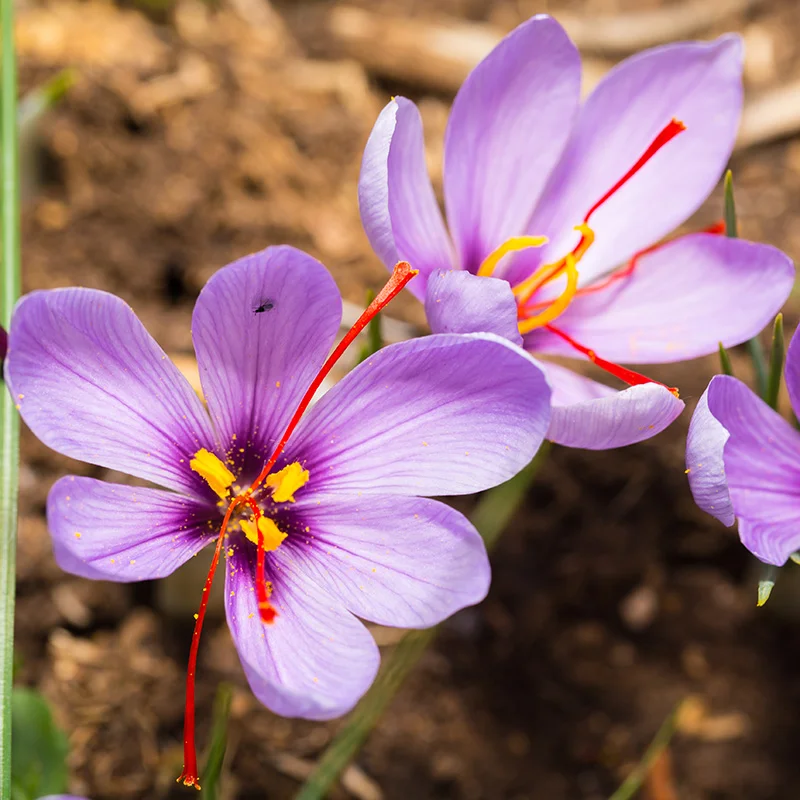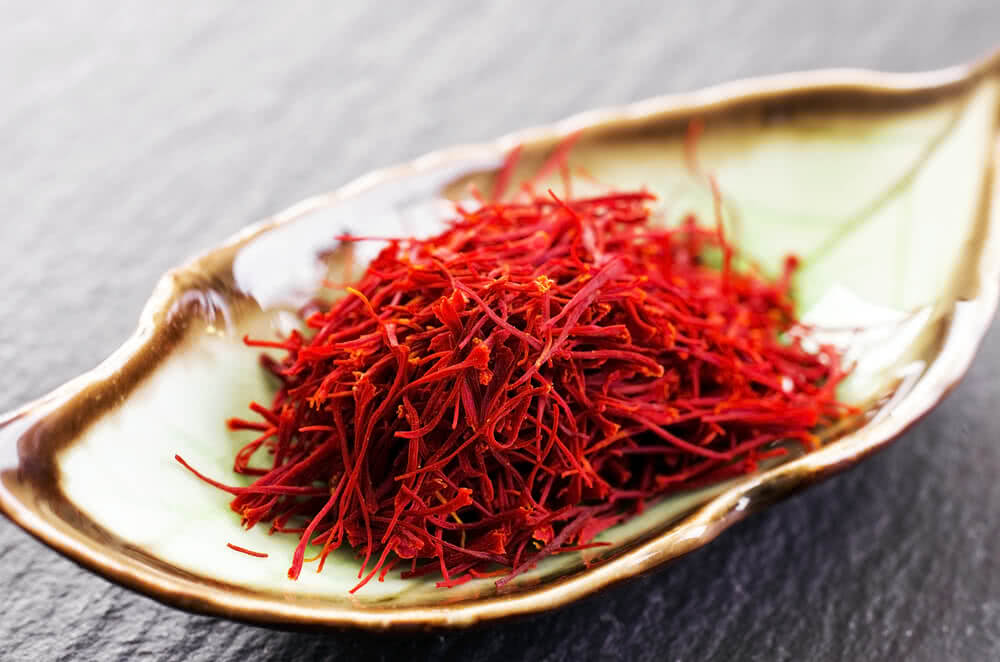Saffron, the world’s most expensive spice, is highly coveted for its unique flavor and vibrant color. While it may be less valuable than gold (currently around 15-20 times cheaper by weight), saffron still commands a premium price. A small pinch can cost more than a gourmet coffee, which is why many consider growing it at home to be a smart and cost-effective choice.
Why Is Saffron So Expensive?
The high price of saffron is largely due to its labor-intensive harvest process. The spice is derived from the saffron crocus (Crocus sativus), and each flower produces only three delicate stigmas—the parts of the flower that are harvested to make the spice. These stigmas must be hand-picked with great care, making the process far more time-consuming than the harvesting of most other spices.
The Saffron Crocus: A Beautiful and Rewarding Plant
Saffron comes from the saffron crocus (Crocus sativus), distinct from the similarly named autumn crocus (Colchicum autumnale), which is actually toxic. Be sure to purchase the correct variety when buying bulbs, which are readily available online.
To yield even a teaspoon of saffron, you will need to plant around 50 bulbs. While this might sound like a lot, saffron crocuses are quick to multiply. In just a few years, your bulbs will provide a continuous supply of the spice, enough for frequent culinary use, such as in paella.

The flowers themselves are a beautiful shade of mauve, blooming in autumn. As the petals unfurl, the bright crimson stigmas are revealed, offering a striking and delicate sight.
How to Grow Saffron Crocus
Saffron crocuses thrive in free-draining soil that receives plenty of sunlight. They don’t tolerate waterlogged conditions, so if your garden soil retains too much moisture, plant your crocuses in containers with well-draining potting mix. Elevate the pots using feet to allow proper drainage.
Late summer is the best time to plant saffron bulbs. While the bulbs may not flower in the first autumn, they will begin growing in early spring, producing green leaves. The colorful flowers will appear in mid-autumn, just in time to signal the end of the growing season.

Plant the bulbs about 10 cm (4 inches) deep, with the pointy end facing up. Space the bulbs at least 15 cm (6 inches) apart. For a natural look, plant them in drifts rather than in neat rows. Despite their delicate appearance, saffron crocuses are hardy and can withstand freezing temperatures. Once planted, they require little care, although a bit of water during dry spells can help if you live in a drought-prone area.
Harvesting and Storing Your Saffron
Harvesting saffron is a meticulous process. Using a pair of tweezers, carefully pluck the three red stigmas from each flower, being sure not to damage the fragile petals. This is a slow task, but it’s highly rewarding.
After harvesting, the stigmas must be dried before storing. Spread them out on paper towels in a warm, dry location, like a sunny windowsill. Once fully dried (usually within a few days), store the saffron in an airtight container in a cool, dark place.

Conclusion
Growing your own saffron is a fulfilling way to enjoy this precious spice without the hefty price tag. With just a bit of patience and care, you can produce enough saffron to elevate your dishes, from savory meals to sweet treats, all while bypassing the expensive costs of store-bought saffron. So why not give it a try? Your future culinary creations will thank you!
